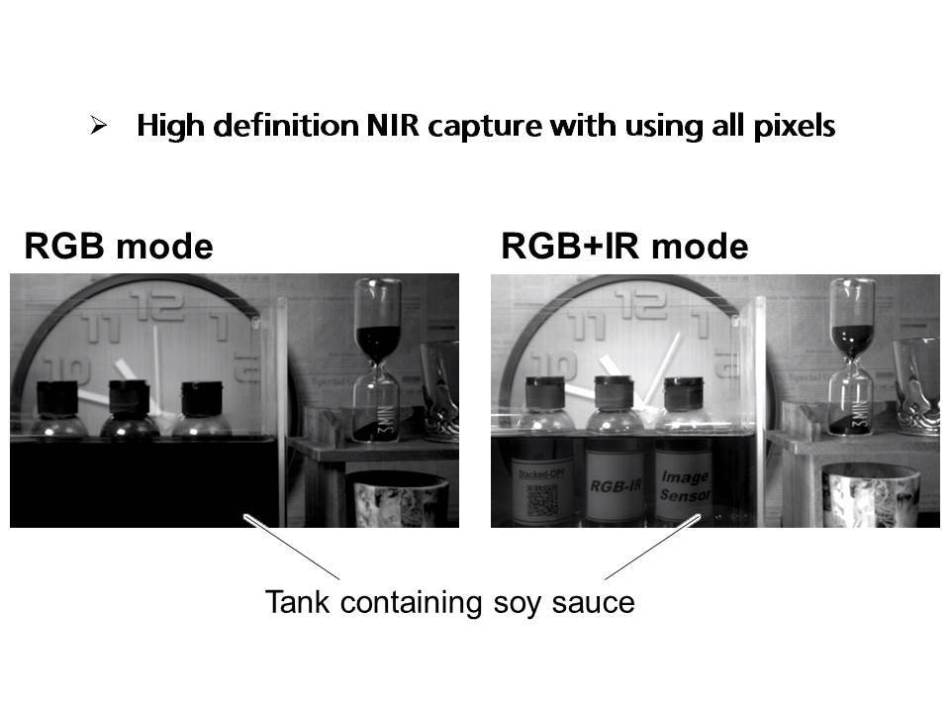Feb 10 2017
Panasonic Corporation recently reported developing a new technology to facilitate electrical control of the near infrared (NIR) light sensitivity of the same pixel in an organic CMOS image sensor. All the pixels’ sensitivity in the image sensor, which has directly stacked organic films, is controlled at the same time by varying the applied voltage to the organic films.
 Inspection with NIR transparency (Graphic: Business Wire)
Inspection with NIR transparency (Graphic: Business Wire)
Switching between modes of color imaging and NIR imaging frame by frame is possible with the new technology. Furthermore, this is possible without the use of a mechanical IR cut filter which is needed for conventional image sensors.
Miniaturization of a camera system and enhancing the robustness can be achieved. Global shutter operation is also enabled by this technology. Thus, it can be applied in many fields of industry such as intelligent transportation system or machine vision, in which rapid and accurate recognition or inspection is essential.
The new technology has the following advantage.
This technology allows frame by frame switching between NIR imaging mode and color imaging mode without the resolution being lost.
The development is based on the following technologies.
- The sensitivity control technology which facilitates frame by frame switching between NIR imaging mode and color imaging mode by altering the applied voltage to the photoelectric conversion part.
- The design technology of organic CMOS image sensors helps to design the readout circuit part and the photoelectric conversion part separately.
Panasonic owns 94 Japanese patents and 68 overseas patents (including pending) related to these technologies.
At the global academic conference: ISSCC (International Solid-State Circuit Conference) 2017, Panasonic will be showcasing some parts of these technologies. The conference is scheduled between 5 and 9 February, 2017 in San Francisco.